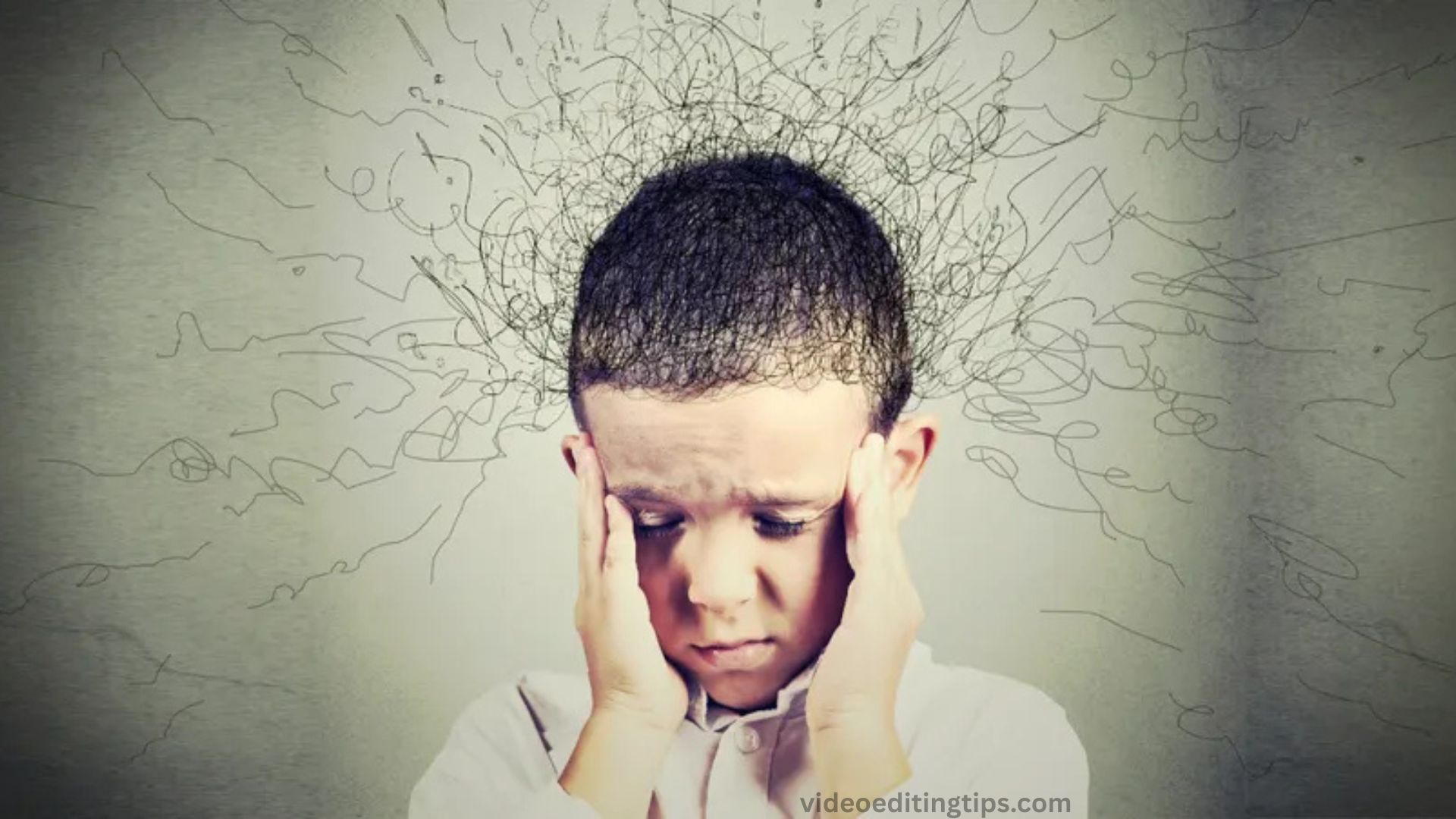Editing can often feel overwhelming, especially when distractions and overstimulation cloud focus and decision-making. Troubleshooting your editing with sensory isolation offers a powerful way to cut through the noise, sharpen attention, and refine creative choices.
By deliberately minimizing external input whether through quiet environments, noise-canceling tools, or controlled settings you can heighten awareness of your work’s core elements. This method helps you notice details you might otherwise miss, from subtle tonal shifts to pacing issues.
Role of Focus in Editing
Editing requires more than technical skill. It demands full mental clarity, sharp concentration, and the ability to make countless micro decisions without losing direction. Yet many editors find themselves battling constant interruptions, fatigue, and environmental distractions.
Sensory isolation provides an effective solution for troubleshooting these challenges. By shaping an environment designed for focus, editors can push through creative blocks, polish their work with precision, and reduce the errors that usually slip through under stressful conditions.
Why Sensory Isolation Improves Editing
Sensory isolation matters because editing is a detail-driven process. When your environment floods you with unnecessary noise, constant notifications, or visual clutter, your brain struggles to prioritize the task at hand. Every distraction forces a reset, pulling you out of rhythm and damaging the consistency of your work.
A carefully isolated setting prevents these disruptions, giving your mind the chance to dive fully into the text, the audio, or the video you are shaping. Without those external intrusions, you start noticing pacing issues, tonal mismatches, or structural weaknesses that might otherwise go unseen.
Read More: Social Media Editing Tips, Tricks & Best Practices in 2025
Overcoming Concentration Loss
One of the most common editing struggles comes from loss of concentration. The brain works best in deep focus, yet open environments, busy households, or crowded offices constantly sabotage this state. With sensory isolation, you create conditions where focus becomes natural.
Whether through silence, controlled sound environments, or simply shutting out competing stimuli, you regain the capacity to edit with clarity and accuracy. This shift prevents the scatter-brain effect that leads to sloppy transitions, repeated errors, or missed opportunities to enhance quality.
Preventing Decision Fatigue
Decision fatigue represents another hidden obstacle in editing. Each choice whether to adjust a sentence, trim a frame, or shift a scene requires energy. When surrounded by distractions, your mental reserves drain faster, leaving you indecisive or inconsistent by the end of the session. Sensory isolation protects that energy. By cutting external inputs, your brain processes only what matters.
Decisions become cleaner, more confident, and more uniform across the entire project. The final product reflects balance and cohesion rather than the unevenness caused by fragmented attention.
Building Consistency Across the Project
Consistency often collapses when editors jump between tasks or allow interruptions to dictate workflow. Multitasking gives the illusion of productivity, yet it destroys rhythm and introduces errors. Sensory isolation creates an unbroken flow where editing takes priority above all else.
The process feels smoother, the work appears more polished, and the style remains consistent from start to finish. Instead of chasing momentum, you sustain it, allowing the project to evolve naturally without constant resets.
Catching Missed Details Through Isolation
Details represent the lifeblood of editing, but they are also the easiest to miss when the environment works against you. Typos, awkward phrasings, pacing gaps, or tonal slips often survive multiple editing rounds simply because the editor’s attention wavered at the wrong moment. Isolation solves this problem by giving full mental bandwidth to the material.
When the senses are not overloaded, the brain picks up subtle mistakes that would otherwise blend into the noise. Over time, this approach builds a reputation for meticulous work that stands apart in quality.
Benefits Beyond the Edit
Sensory isolation also carries benefits beyond pure editing efficiency. The practice reduces stress by removing external pressure and allowing the mind to operate in a calmer, more deliberate mode. Creativity flourishes when the brain is not pulled in competing directions.
Many editors find that ideas, solutions, and improvements flow more naturally once they eliminate environmental interference. What begins as a troubleshooting method evolves into a lifestyle adjustment that nurtures both productivity and mental well-being.
Frequently Asked Questions
What does sensory isolation mean in the context of editing?
It refers to reducing external distractions such as noise, clutter, or visual overload to focus more deeply on the editing process.
How can sensory isolation improve my editing skills?
It enhances focus, sharpens perception, and allows you to catch small details you might miss in a noisy or overstimulated environment.
Do I need special tools for sensory isolation?
Not necessarily. Simple adjustments like noise-canceling headphones, dimmed lighting, or a distraction-free workspace can help.
Can sensory isolation help with creative blocks?
Yes. By clearing away sensory clutter, it allows your mind to reset, making space for fresh ideas and insights.
Is sensory isolation the same as working in silence?
Not exactly. It’s about controlling your sensory environment sometimes that includes silence, other times it might mean using white noise or minimal input.
How often should I use sensory isolation while editing?
It depends on your workflow. Some editors use it for intensive review sessions, while others make it part of their daily routine.
Can sensory isolation work for all types of editing (video, audio, writing)?
Yes. Whether editing text, visuals, or sound, sensory isolation can enhance focus and precision across creative fields.
Conclusion
troubleshooting your editing with sensory isolation is about creating the right environment to unlock clarity, precision, and creativity. By minimizing distractions and controlling your sensory input, you can focus more deeply on the heart of your work, spotting issues that might otherwise slip by. Whether you’re editing words, visuals, or audio, this practice encourages sharper decision-making and a stronger final product.

